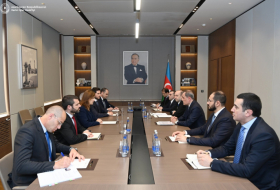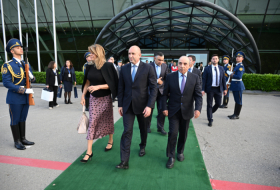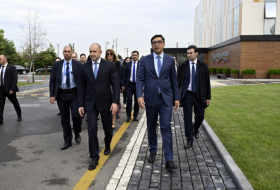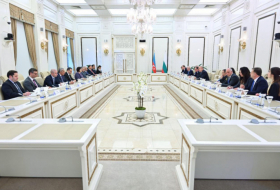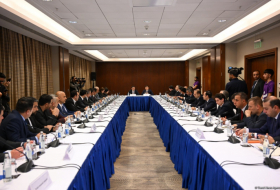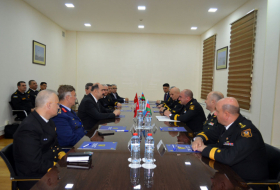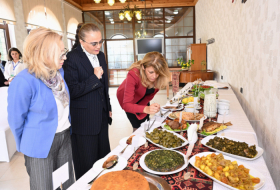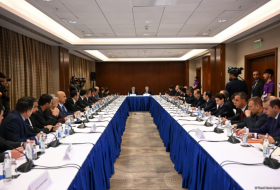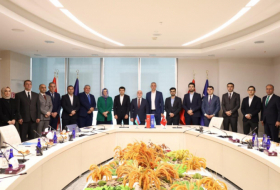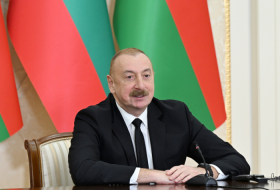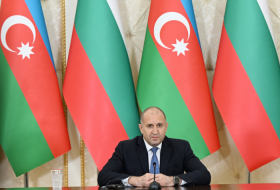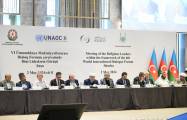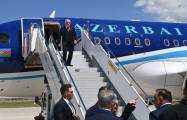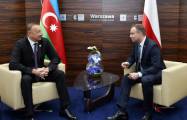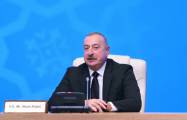Syrian Armenians being settled in occupied Karabakh - Azerbaijani deputy PM
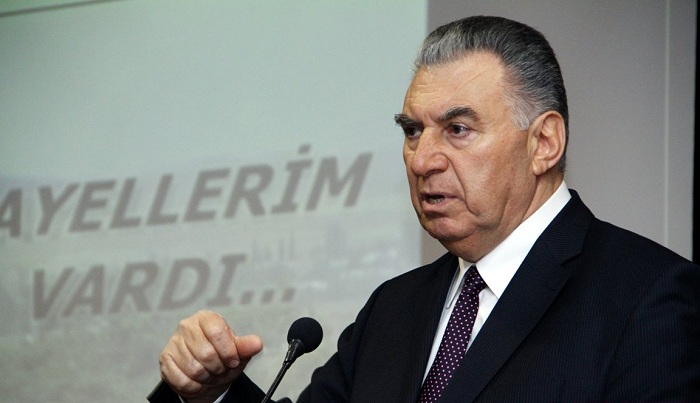
He made the remarks at the round table titled “The Importance of Preserving the Human Capital in Conditions of Mass Migration as a Basis for Sustainable Development,” held as part of the 5th Baku International Humanitarian Forum in Baku Sept. 30.
According to statistics, Hasanov said, there are more than 60 million refugees and IDPs worldwide.
“As a consequence of the Nagorno-Karabakh conflict faced by our country, over a million people have become refugees and IDPs in Azerbaijan. 250,000 people in Armenia, 700,000 in Karabakh, 50,000 Meskhetian Turks in Central Asia, and 15,000 people elsewhere have been displaced from their homelands,” said the deputy PM. “20 percent of Azerbaijani territory is under occupation. The whole infrastructure and all monuments in the occupied territories are ruined.”
“Azerbaijan has incurred damage amounting to 500 billion dollars. But the biggest loss is, without doubt, the death of the 30,000 Azerbaijani citizens,” he said.
Hasanov noted that the government is carrying out programs aimed at bettering the living conditions of the refugees and IDPs.
He expressed regret that although 25 years have passed since the Nagorno-Karabakh conflict, the conflict is unsettled.
The decisions and resolutions of prestigious international organizations remain unfulfilled and the Minsk Group’s activities have not borne any result, added the deputy PM.
“Our civilians are coming under fire constantly. Syrian Armenians are being settled in Nagorno-Karabakh,” said Hasanov. “Narcotic plants are being cultivated in the occupied territories of Azerbaijan. There’s ongoing arms smuggling and terrorists are being prepared to be sent to conflict zones. This problem does not just concern Azerbaijan and the region, but the whole world.”
The Nagorno-Karabakh conflict entered its modern phase when the Armenian SRR made territorial claims against the Azerbaijani SSR in 1988.
A fierce war broke out between Azerbaijan and Armenia over the Nagorno-Karabakh region of Azerbaijan. As a result of the war, Armenian armed forces occupied some 20 percent of Azerbaijani territory which includes Nagorno-Karabakh and seven adjacent districts (Lachin, Kalbajar, Aghdam, Fuzuli, Jabrayil, Gubadli and Zangilan), and over a million Azerbaijanis became refugees and internally displaced people.
The military operations finally came to an end when Azerbaijan and Armenia signed a ceasefire agreement in Bishkek in 1994.
Dealing with the settlement of the Nagorno-Karabakh conflict is the OSCE Minsk Group, which was created after the meeting of the CSCE (OSCE after the Budapest summit held in Dec.1994) Ministerial Council in Helsinki on 24 March 1992. The Group’s members include Azerbaijan, Armenia, Russia, the United States, France, Italy, Germany, Turkey, Belarus, Finland and Sweden.
Besides, the OSCE Minsk Group has a co-chairmanship institution, comprised of Russian, the US and French co-chairs, which began operating in 1996.
Resolutions 822, 853, 874 and 884 of the UN Security Council, which were passed in short intervals in 1993, and other resolutions adopted by the UN General Assembly, PACE, OSCE, OIC, and other organizations require Armenia to unconditionally withdraw its troops from Nagorno-Karabakh.








